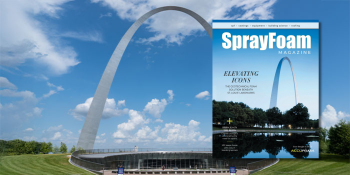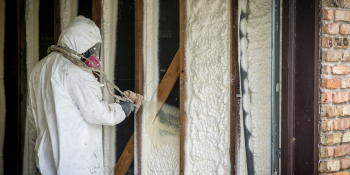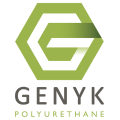Q&A Forums
Proven results in hostoric houses Post New Topic | Post Reply
| Author | Comments |
|---|---|
|
chris smith
Posted: Nov 30, 2008 08:56 PM
|
Proven results in hostoric houses
Im looking at insulating my old 1887 Victorian home. As I am remodeling the inside, its only natural to insulate the walls.Its a wood sided, wood sheathed, balloon framed house that has held up very well being uninsulated. I like the idea of the spray- in insulation-except for the fact that it leaves no air for the wood to dry in the event moisture finds its way into the wall cavity from the exterior. Has anybody used this system leaving a small air gap between the inside face of the exterior sheathing and the insulation? Im thinking this could be done with proper vents or even perhaps Cedar-breather, if it wouldnt fill the weave shut. Im looking for real life experiences that have some long term data here, not 1-5 year old test results. My house may be uninsulated but its proven itself for 120 years. smitty |
|
mason
Posted: Dec 02, 2008 08:43 AM
|
Venting the wall cavity defeats the purpose of installing an air barrier and will lower the insulation value of the foam. Research conducted by Dr.'s Bomberg and Kumaran demonstrate that sprayfoam does not cause condensation to occur within the foam/wood interface. If you spray on wet wood, it will not dry as fast and under a thermal gradient (a vapor drive always in one direction such as a freezer) could cause wood deterioration. But if the substrate is dry, the foam will allow a controlled water vapor transmission through the foam and the wood. We have sprayed foam on wood buildings in Southern Florida and Texas that have survived more than 40 years without wood deterioration. Sorry we don't have older data, but sprayfoam has only been used on these type buildings for that long. |





























